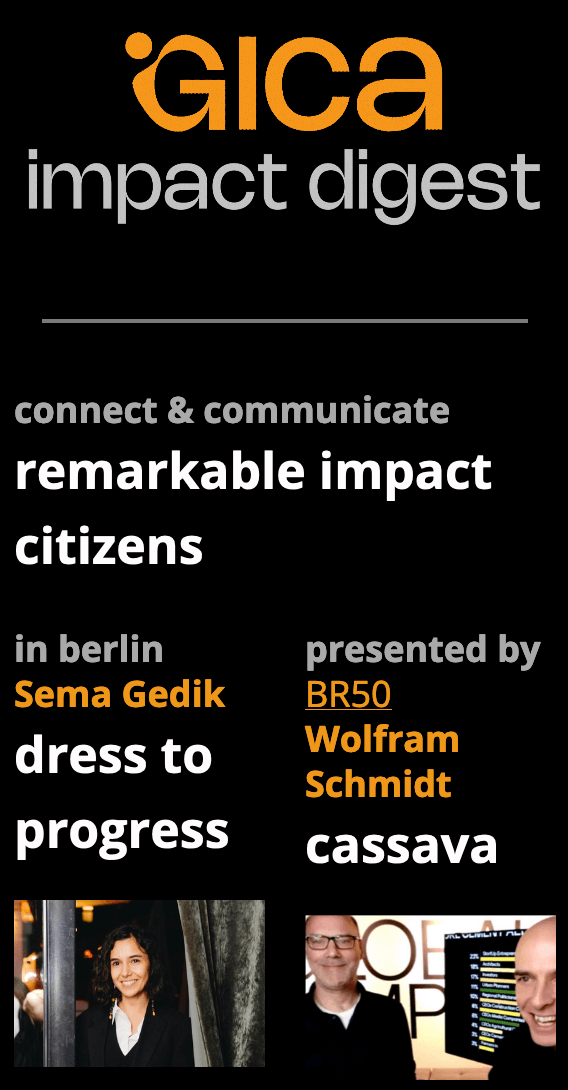Alexander S. Wolf (ASW): Wolfram, you work at an institution with a very German name. Tell us a little about it.
Dr. Wolfram Schmidt (DWS): Yes, I work at the “Bundesinstitut für Materialforschung und -prüfung, das zum deutschen Wirtschafts- und Klimaministerium“ (Federal Institute for Materials Research and Testing), which is part of the German Ministry of Economic Affairs and Climate Action. Our goal is to support the economy and conduct research for economic purposes.
“we work together on projects that have the potential to change our planet.”
ASW: And you are part of the BR 50 network. What connects you?
DWS: Correct, the BR 50 network unites non-university research institutes in Berlin, and we work together on projects that have the potential to change our planet.
ASW: You say that buildings, not cars, are the main problem for CO2 emissions.
DWS: Exactly. About 40% of global CO2 emissions and energy consumption can be attributed to our buildings. While we have technologies to reduce operational energy needs, we still need to consider the “gray energy” for the construction itself – the energy and CO2 embedded in the materials we build with.
“Today, only 20% of the buildings that will exist in the Sub-Saharan African region in 2050 are already built.” Dr. Wolfram Schmidt.
ASW: You predict that the biggest challenge for the future of construction will lie in the Global South. What are the numbers on that?
DWS: Today, only 20% of the buildings that will exist in the Sub-Saharan African region in 2050 are already built. This means that over the next 30 years, we will construct 80% of these buildings – and see an explosion of CO2 emissions.
ASW: So you have worked with colleagues from Africa on an alternative to cement?
DWS: We collaborate with colleagues from various African countries on a cement substitute that is not based on fossil fuels but on agricultural waste – specifically cassava. This project could revolutionize construction methods not only in Africa but around the world.
“a sustainable alternative to conventional cement that must be expensively imported.”
ASW: And how is cassava used in construction?
DWS: The aim is to extract valuable chemicals from the by-products of cassava production, which otherwise have no value and are often burned. These are then used as fuel and finally as an African cement innovator – a sustainable alternative to conventional cement that must be expensively imported.
ASW: How can this innovation change construction standards?
DWS: In Europe, our innovation is often restricted by excessive regulation. However, in African countries, there is more freedom, which allows the introduction of such new, environmentally friendly technologies.
ASW: What steps are now necessary to realize this vision?
DWS: We need investors, farmers, companies, and courageous people who are willing to start new companies and to change standards and regulations. There must be a movement similar to the impact Elon Musk had on electric mobility.
CONCLUSION: Dr. Wolfram Schmidt shows that we can make a change – fast. We just need to build the right networks, where innovation meets entrepreneurial spirit.
GICA is this network.



